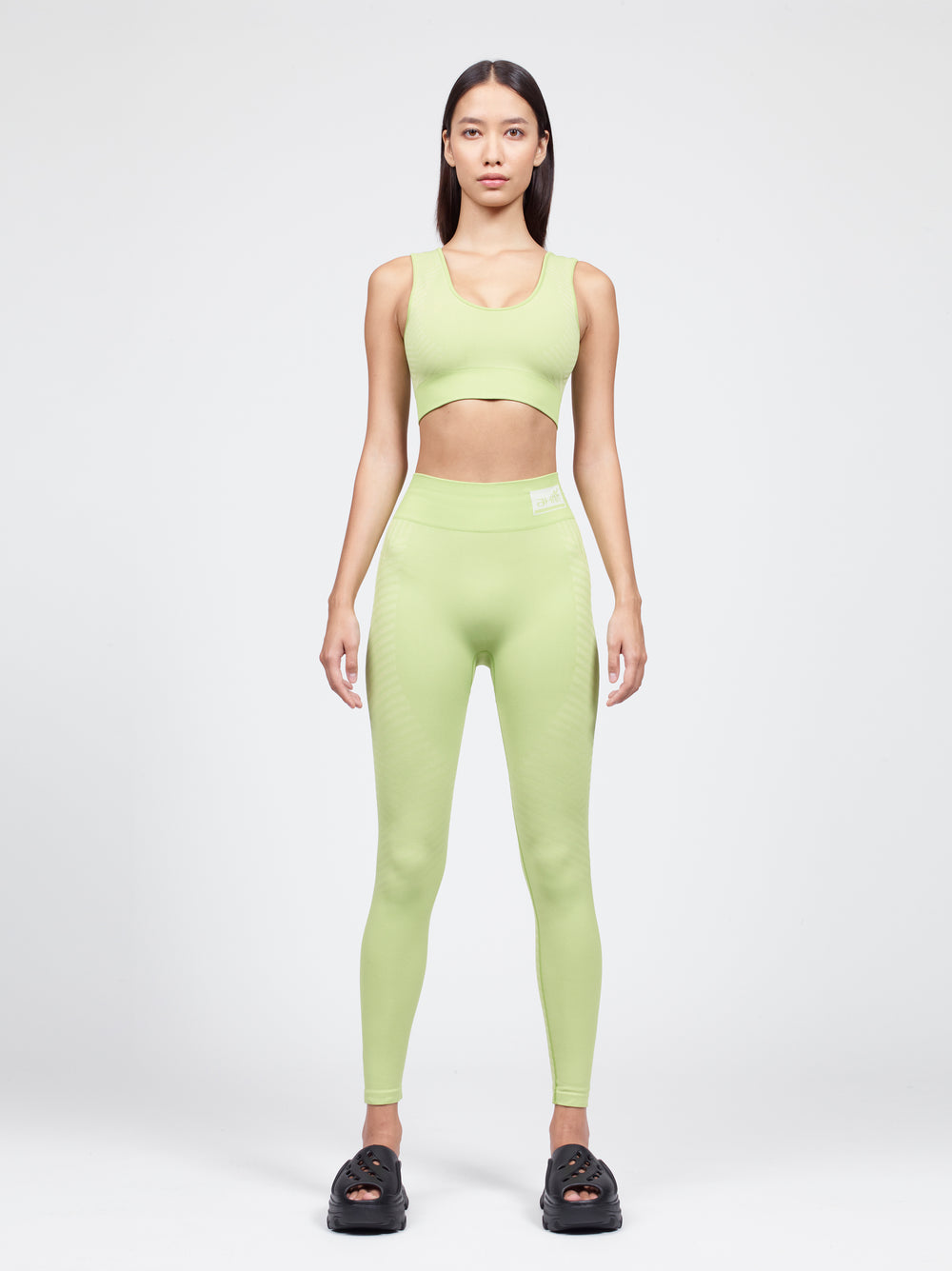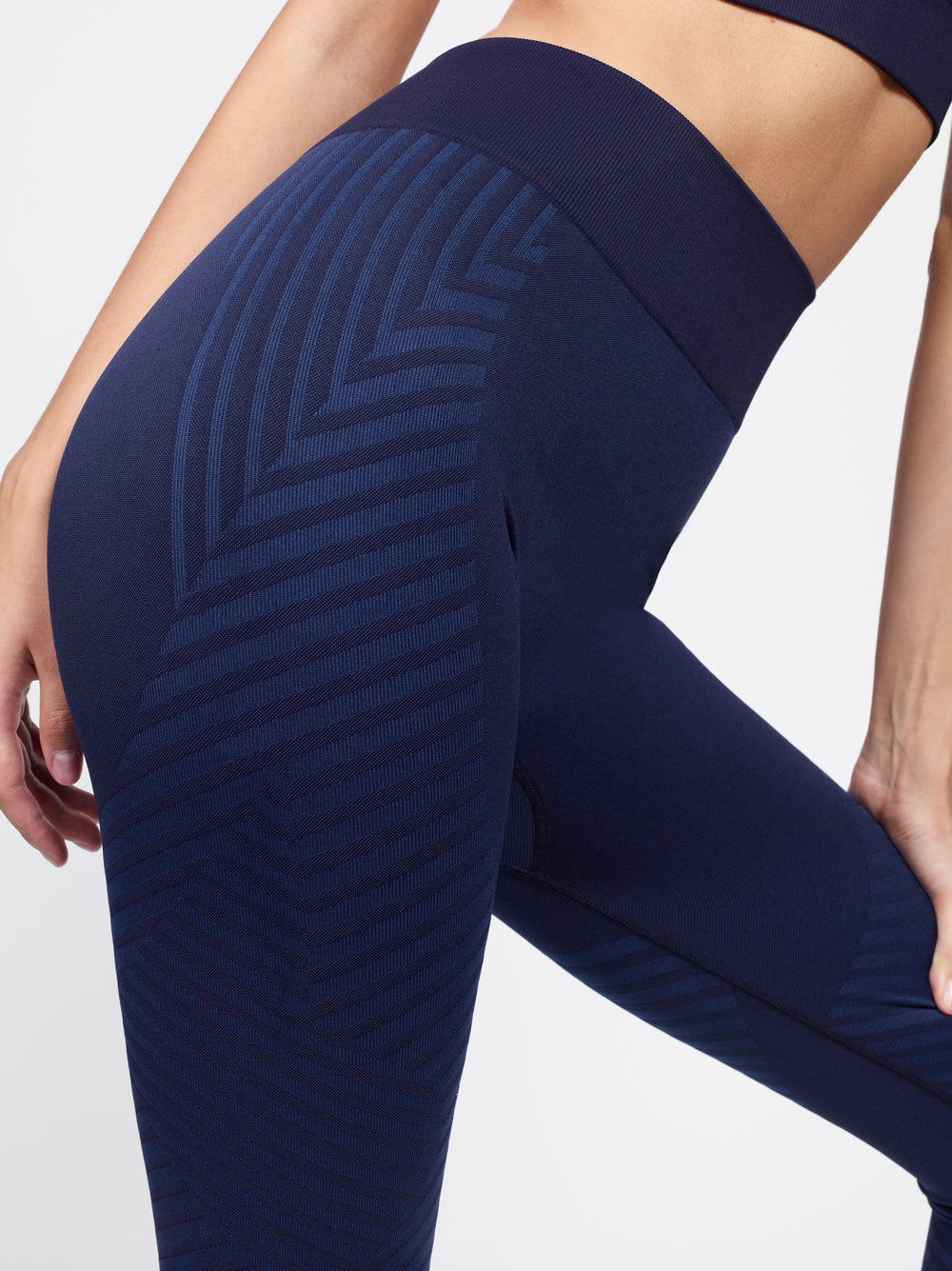 Flow yoga, often referred to as Vinyasa, is a dynamic and graceful style of yoga that seamlessly links breath with movement. Building a flow yoga class requires careful planning, creativity, and an understanding of the principles that make this practice so transformative. In this article, we will explore the art of crafting a flow yoga class, step by step, to help both yoga practitioners and instructors design sequences that enhance physical strength, flexibility, mental focus, and overall well-being.
The Essence of Flow Yoga
Flow yoga is celebrated for its fluidity and the way it encourages practitioners to move with intention and mindfulness. Key aspects of flow yoga include:
1. Breath-Centered Movement: Each movement in a flow yoga class is synchronized with the breath, creating a meditative and focused experience. The breath guides the pace of the practice and helps cultivate a sense of inner calm.
2. Seamless Transitions: Flow yoga sequences are designed to create a sense of continuous movement. Poses flow from one to the next with grace and fluidity, connecting the body, breath, and mind.
3. Balanced Sequencing: A well-structured flow class incorporates a variety of poses, including standing, seated, balancing, and inversion poses. This balanced sequencing ensures a full-body workout and a holistic practice.
4. Mindfulness and Presence: Flow yoga encourages practitioners to stay present in the moment, fostering a sense of mindfulness and self-awareness.
5. Creativity and Variation: Flow classes allow for creativity in sequencing and pose selection, offering endless possibilities for exploration and growth.
Now, let's break down the process of building a flow yoga class step by step.
Step 1: Define Your Intention and Theme (100 words)
Before you start crafting a flow yoga class, take a moment to reflect on your intention and theme. What message or experience would you like to convey to your students? Whether it's grounding, heart-opening, or strength-building, having a clear intention will guide your sequence and create a meaningful practice.
Step 2: Create a Sequence Outline (150 words)
Begin by outlining the key elements of your flow class, such as the warm-up, peak poses, and cool-down. Consider the level of your students—whether they are beginners, intermediate, or advanced practitioners. Plan a well-balanced sequence that includes a mix of poses to engage various muscle groups and movements.
Step 3: Choose Your Asanas (200 words)
Select yoga poses that align with your intention and theme. Start with foundational poses and gradually build to more challenging ones. Ensure a smooth transition between poses, focusing on linking breath with movement. Include modifications and variations to cater to different levels of practitioners.
Step 4: Incorporate Breathwork (150 words)
Breathwork, or Pranayama, is an integral part of flow yoga. Plan when and how you will incorporate breath awareness and specific breathing techniques into your class. Encourage students to synchronize their breath with each movement, fostering mindfulness and enhancing the flow.
Step 5: Consider Peak Poses (150 words)
Identify one or more peak poses that align with your theme. Peak poses are the pinnacle of your sequence and often the most challenging. Include preparatory poses and alignment cues to help students safely progress toward these poses.
Step 6: Develop Transitions (150 words)
Smooth transitions between poses are the hallmark of a well-crafted flow class. Plan how you will guide students from one pose to the next. Use clear and concise cues to facilitate seamless transitions, emphasizing the importance of alignment and breath.
Step 7: Mindful Sequencing (200 words)
Pay attention to the order of poses in your sequence. Consider the logical progression of movements and the balance between strength-building and flexibility-enhancing poses. Avoid overloading one side of the body and provide opportunities for rest and recovery as needed.
Step 8: Cueing and Alignment (150 words)
Effective cueing is essential in a flow yoga class. Clearly communicate alignment cues, modifications, and the intention behind each pose. Encourage students to stay present and mindful in their practice, emphasizing the importance of listening to their bodies.
Step 9: Adjust for All Levels (150 words)
Keep the needs of your students in mind. Offer modifications for beginners and options for more advanced practitioners. Create an inclusive environment where students of different levels can participate comfortably.
Step 10: Cool-Down and Savasana (150 words)
Conclude your flow class with a series of cooling-down poses to relax the body and prepare for Savasana (Corpse Pose). Guide students through a calming Savasana, allowing ample time for deep relaxation and reflection.
Step 11: Incorporate Music and Props (150 words)
Consider whether you want to incorporate music into your class to enhance the atmosphere and rhythm. Additionally, decide if you will use props like blocks, straps, or bolsters to support students in their practice.
Step 12: Practice Your Sequence (100 words)
Before teaching your flow yoga class, practice the sequence yourself to ensure its fluidity and coherence. Pay attention to transitions, cueing, and timing. Make any necessary adjustments to create a seamless and enjoyable experience for your students.
Sample Flow Yoga Sequence: Grounding and Balance (300 words)
Here's a sample flow yoga sequence with a grounding and balance theme:
1. Warm-Up (5 minutes): Begin in Child's Pose (Balasana) to center and ground students. Transition to Cat-Cow (Marjaryasana-Bitilasana) to warm up the spine and connect breath with movement.
2. Sun Salutations (10 minutes): Move through several rounds of Sun Salutations (Surya Namaskar) to build heat and flow. Include variations like High Lunge (Anjaneyasana) and Cobra (Bhujangasana).
3. Standing Poses (15 minutes): Introduce standing poses like Warrior I (Virabhadrasana I) and Tree Pose (Vrksasana) to enhance balance and grounding. Emphasize alignment and breath awareness.
4. Balance Flow (10 minutes): Create a flowing sequence that includes poses like Half Moon (Ardha Chandrasana) and Warrior III (Virabhadrasana III). Encourage students to find stability through breath and focus.
5. Peak Pose - Tree Pose Variation (10 minutes): Transition into a challenging variation of Tree Pose, such as Extended Hand-to-Big-Toe Pose (Utthita Hasta Padangusthasana). Guide students through preparatory poses and alignment cues.
6. Cool-Down (5 minutes): Lead students through seated and supine stretches to release tension and prepare for Savasana.
7. Savasana (5 minutes): Conclude the class with a guided Savasana, allowing students to fully relax and ground themselves.
Incorporate the principles of breath, mindfulness, and smooth transitions throughout the sequence to create a harmonious flow.
Building a flow yoga class is an art that requires thoughtful planning, creativity, and a deep understanding of the practice's essence. By defining your intention, selecting appropriate poses, and weaving breath and mindfulness into the sequence, you can craft a transformative and balanced flow yoga class. Whether you're a yoga practitioner or an instructor, mastering the art of creating flow classes will enhance your practice and provide a fulfilling experience on the mat.
|



















